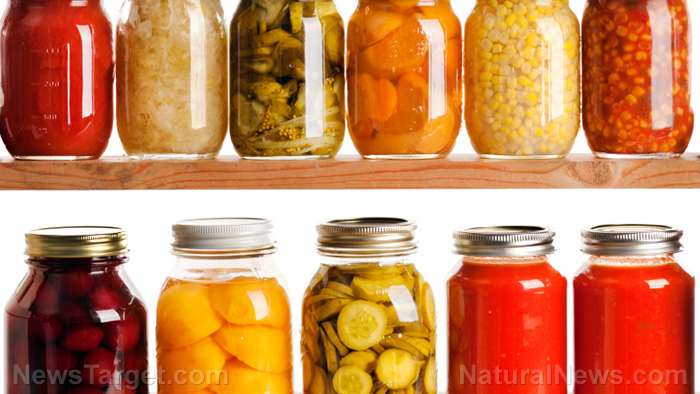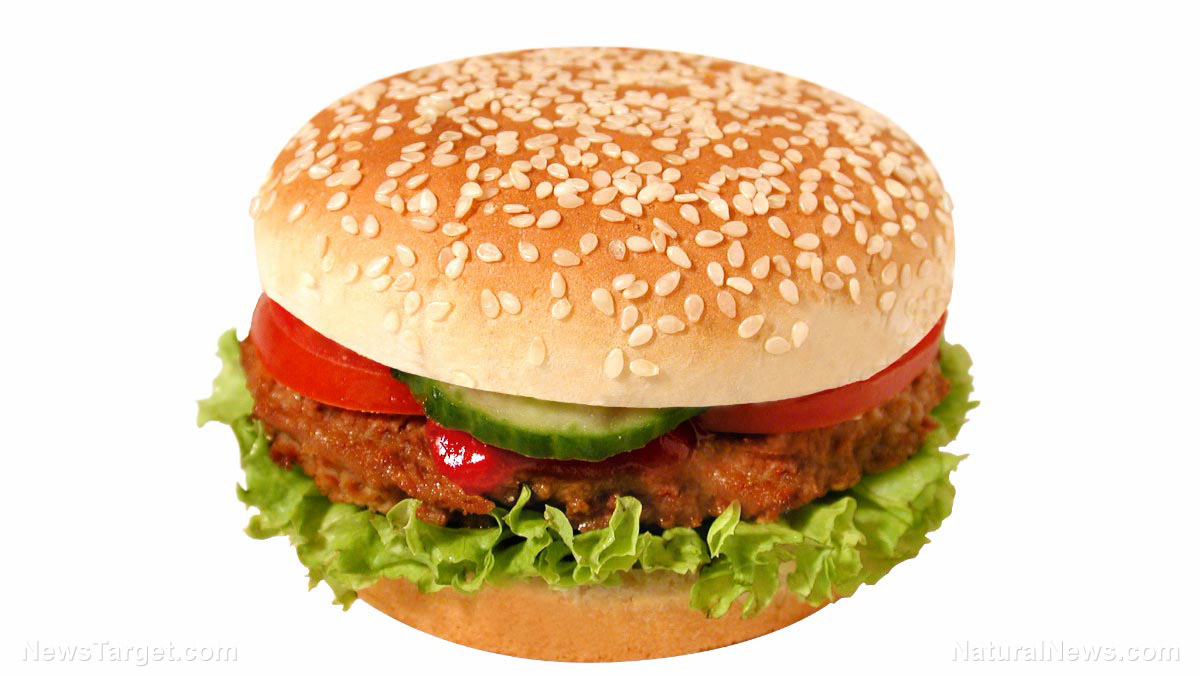
Advertisement
Canning is popular among preppers who want to preserve their produce. However, for newbie preppers, here are some things to consider before you start canning your fruits and vegetables. (h/t to ThePreppingGuide.com)
Which canning method is suitable for your food?
Different foods are preserved more effectively through different canning methods. You don’t want to can some jam and find out it’s rotten a few days later due to bad canning. (Related: The easiest foods to can.)
Before canning, check the pH factor of your food. The pH factor refers to the levels of hydrogen ion activity in a solution. The measurements range from 0 to 14, with 0 being the most acidic and 14 being the least acidic (basic or alkaline).
Acidic foods – those that have a pH level of 4.6 and below – can be preserved through boiling water bath canning. Foods with pH levels greater than 4.6 usually must be preserved using a pressure canner.
You need a pressure canner for low-acid foods because they might contain bacteria called Clostridium botulinum. They produce a potent toxin called neurotoxin botulinum, which causes foodborne botulism. This can lead to paralysis and even death.
With a pressure canner, you can increase the heat to 250 F, the prescribed temperature which kills C. botulinum spores. This way, low-acid foods are safely preserved and sterilized.
Note: Acidity and pH levels are not the same. Some foods can be acidic but still have pH levels greater than 4.6. If you want to can them, add lemon juice or citric acid to reduce the pH level. Some examples include tomatoes and figs.
Acid and low-acid foods
Foods with low pH levels naturally contain acids, which prevent the growth and spread of harmful bacteria. When heated, these compounds become more effective at killing bacteria. Therefore, it is safe to use the boiling water bath canner.
Some acid foods include apples, blackberries, raspberries, strawberries, pineapples, plums, oranges, peaches, pears, and gooseberries.
On the other hand, low-acid foods need a pressure canner. To ensure safety, do your homework and search for tested recipes. By practicing, you’ll get better and be able to start making your own.
Some low-acid foods good for canning are red meats, seafood, poultry, and fresh vegetables.
Notes:
- If you want to mix acid and low-acid foods, use a pressure canner. If you want to use a boiling water bath canner, you need to add enough acid to lower the pH level.
- Do not can dairy products; freeze-dry them instead.
Other methods of preserving food
You now have a basic understanding of food canning. However, if you lack the time to can your produce or you simply don’t have the equipment for it, there are other ways for you to preserve food. Some of these include:
- Pickling – Simply soak the food in a jar of vinegar and seal it. This stops the growth of bacteria. Aside from cucumbers, you can pickle a lot of other foods, including eggs, grapes, green beans, pears, peppers, figs, and tomatoes. Place the jar in the refrigerator afterward.
- Smoking – For red meat and fish, smoking is a good way to preserve them. You can make your own smoker out of a barrel or even a trash can. Smoking is a slow cooking process, where the food is cooked for a long time at 150 F. Aside from stopping bacteria and further molding, it also adds a good flavor.
- Root cellar – Crops and fruits can be stored in a root cellar for winter. A root cellar is a deep hole in the ground, lined with straw. Use a piece of wood as a cover. For a makeshift cellar, bury a trash can or an old refrigerator. Make sure to line these up with soil, in order to keep it cool and maintain humidity.
There are many types of preservation methods, and these are just some of them. Learn more about canning and other preservation methods at FoodStorage.news.
Sources include:
Advertisements







